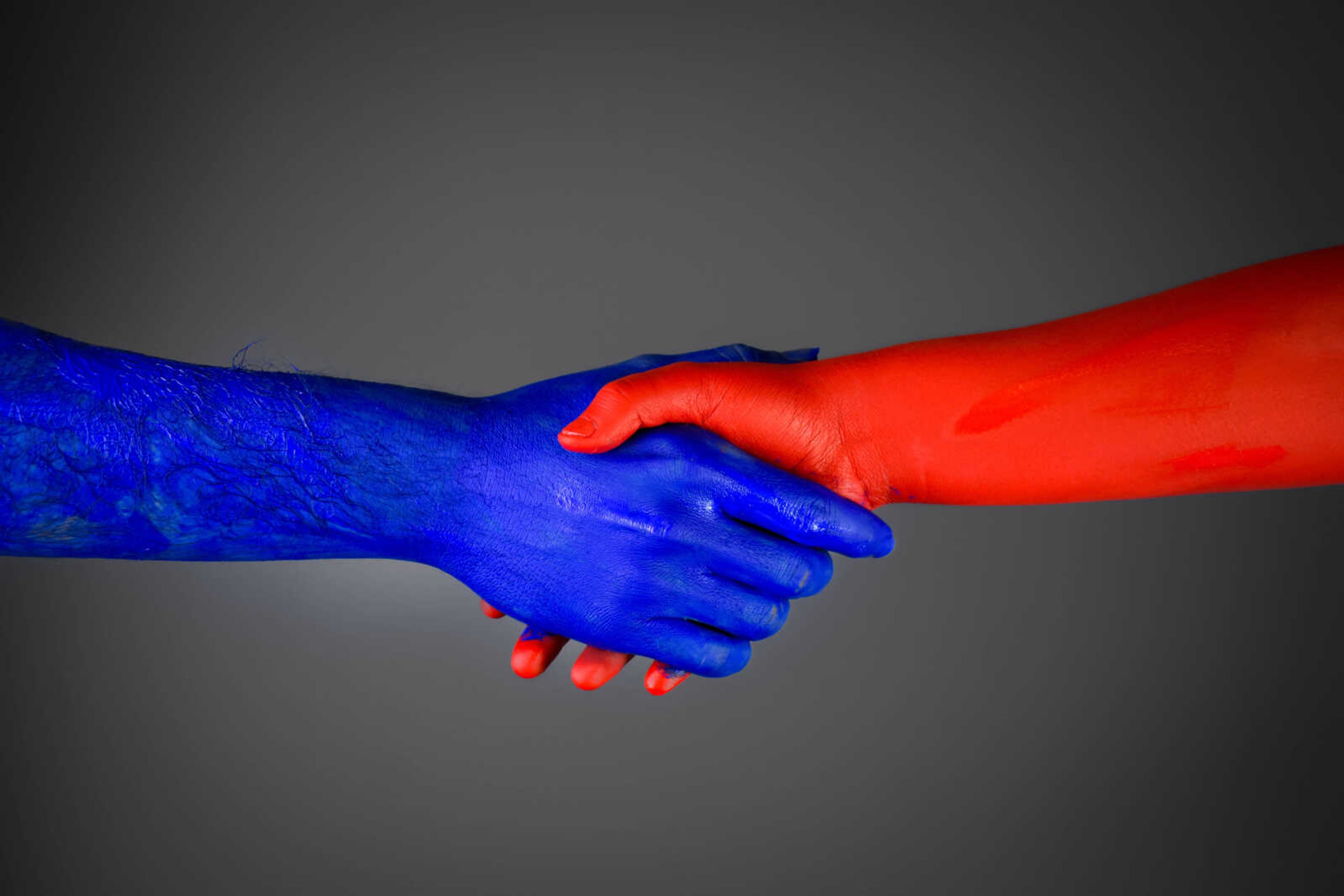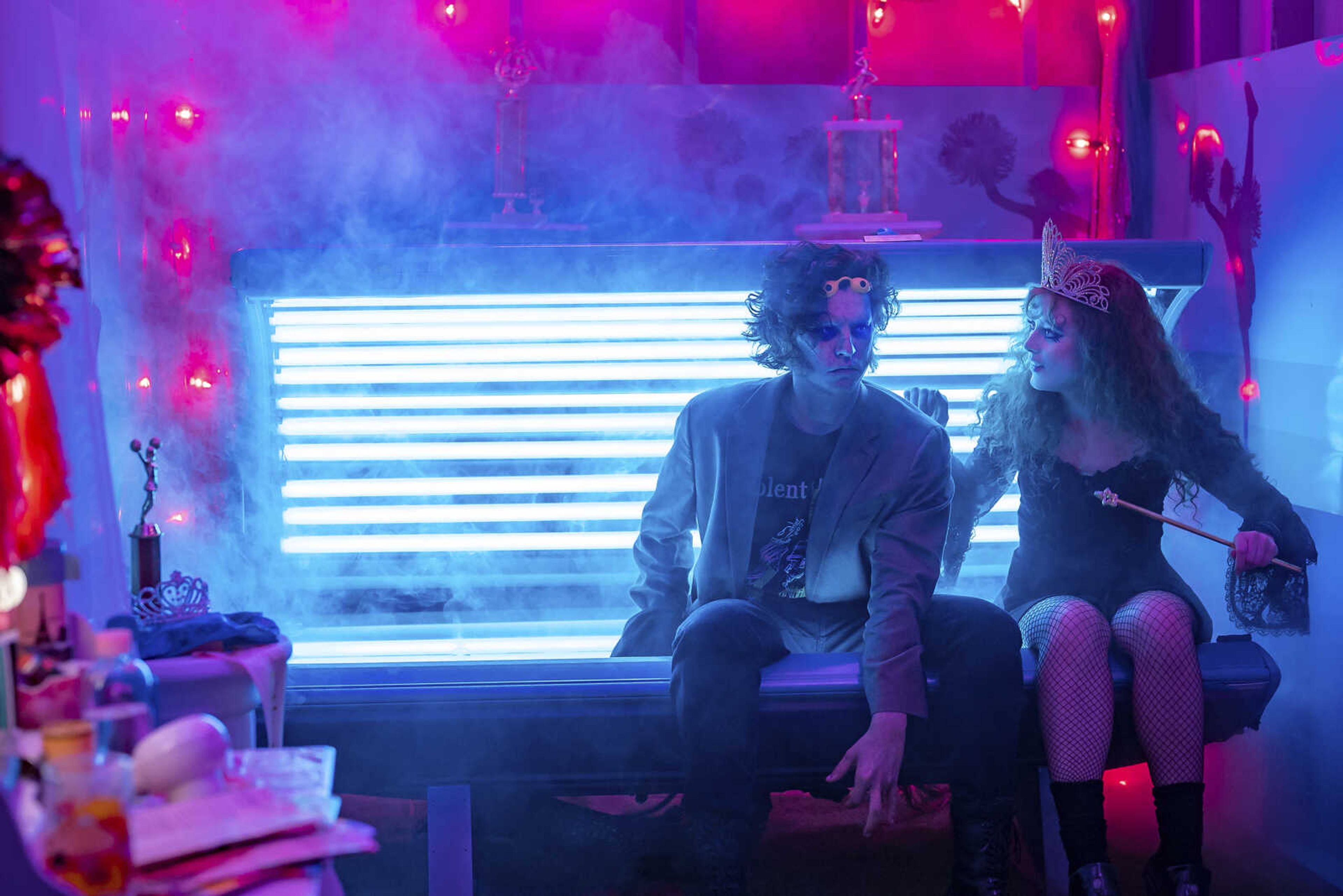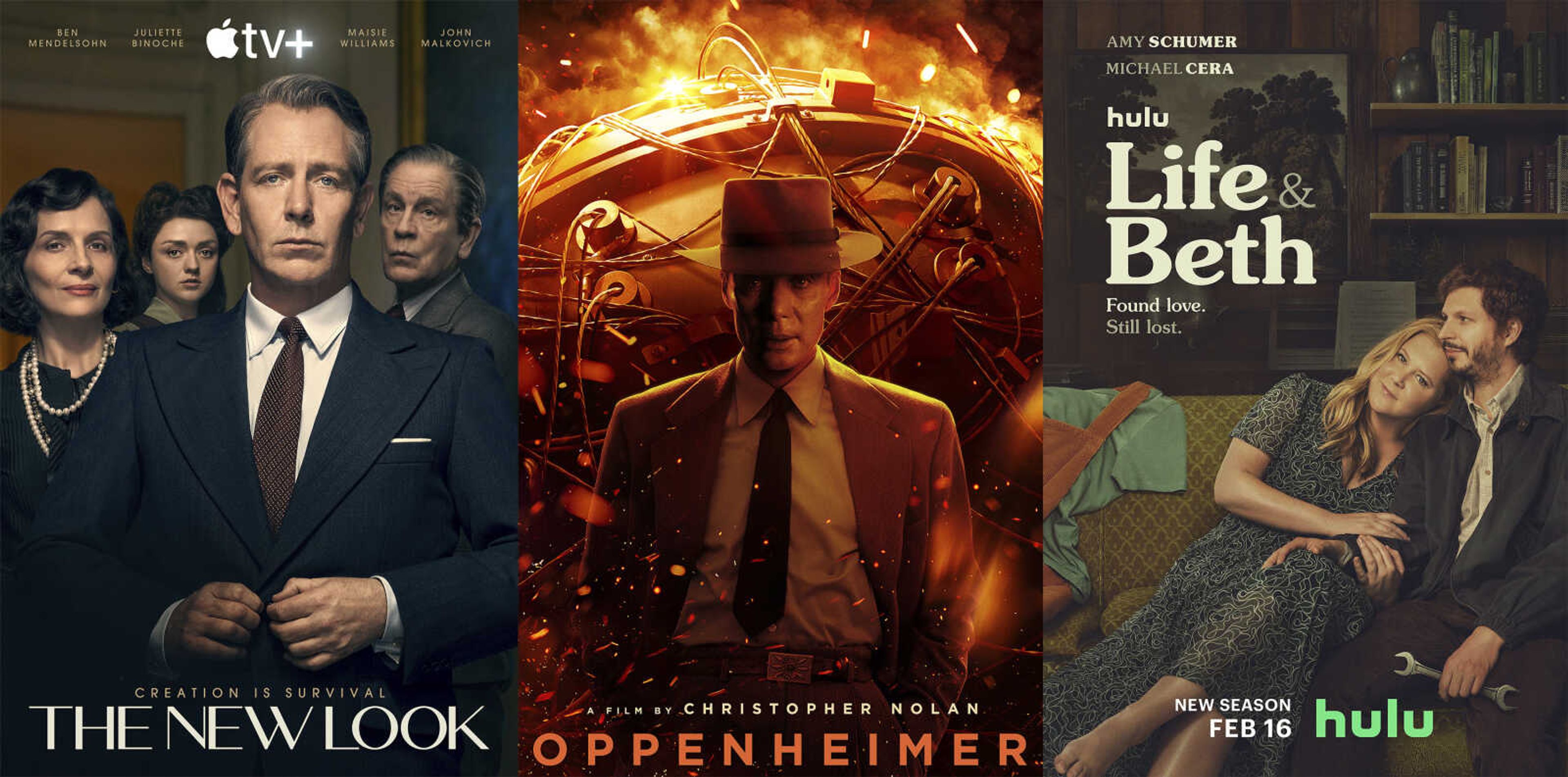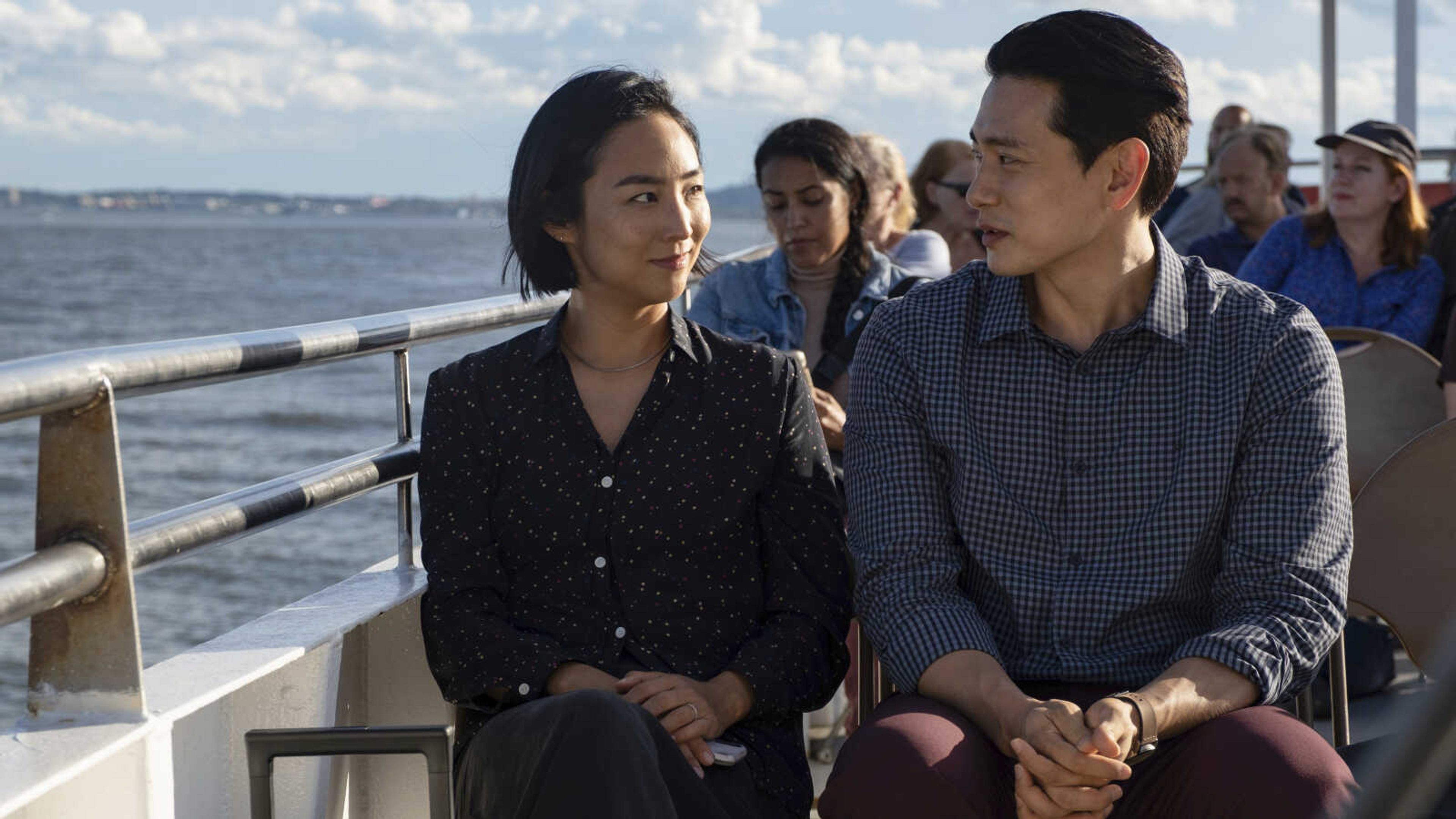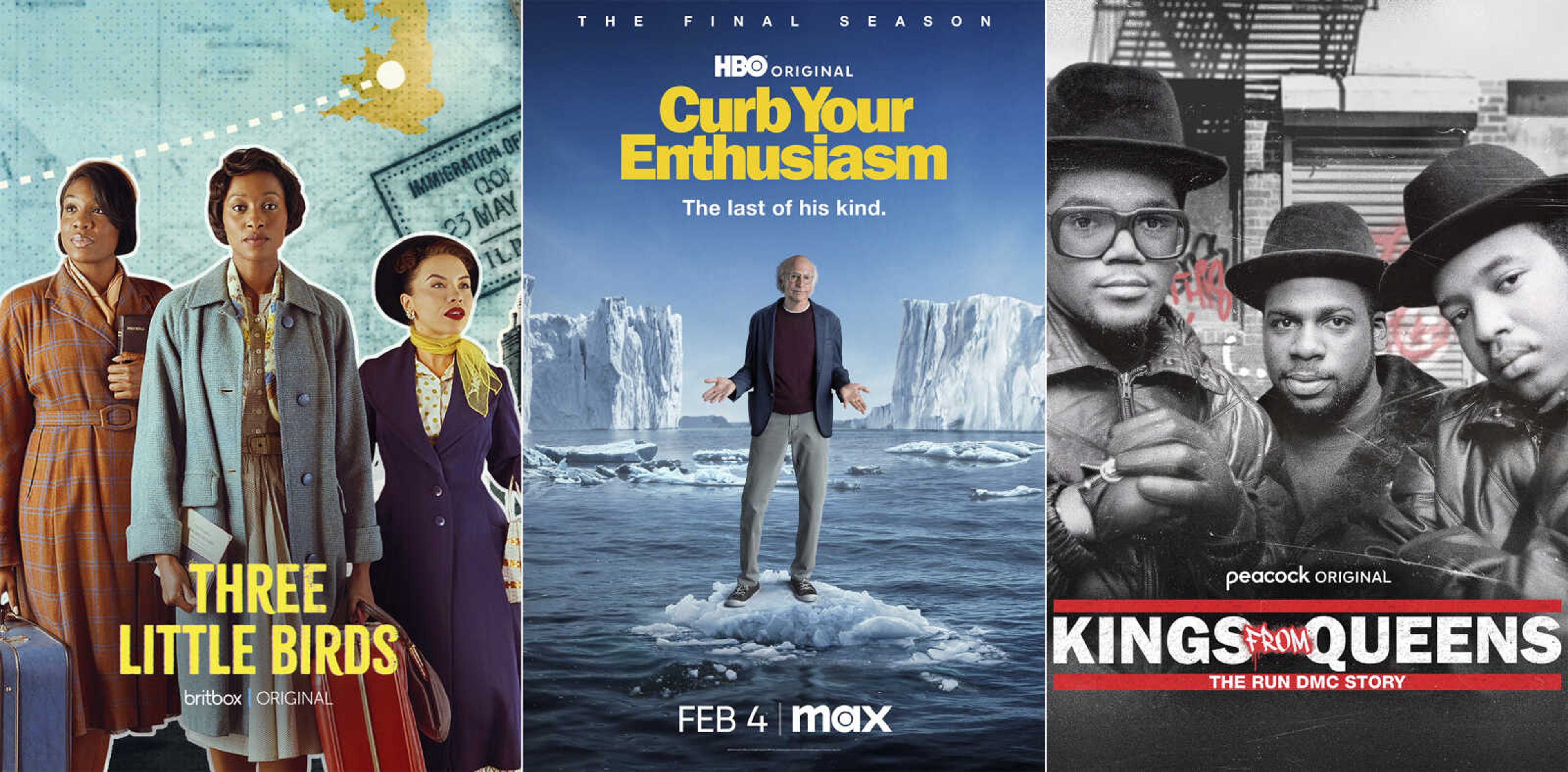America still loves Lucy
LOS ANGELES -- In 1950, when the networks were converting radio comedies to television, CBS decided to move "My Favorite Husband" starring Lucille Ball and Richard Denning to the new medium. Ball agreed with one proviso: she wanted her real husband, bandleader Desi Arnaz, as co-star...
LOS ANGELES -- In 1950, when the networks were converting radio comedies to television, CBS decided to move "My Favorite Husband" starring Lucille Ball and Richard Denning to the new medium.
Ball agreed with one proviso: she wanted her real husband, bandleader Desi Arnaz, as co-star.
Network officials balked: "No one would believe that Desi is your husband." She replied indignantly: "But he IS my husband."
CBS and potential advertisers remained dubious about the pairing. Their objections, in part, were unspoken, observes Cleo Morgan Smith, cousin and confidante to Ball: "They wondered if the general audience would accept a Cuban Latino with an accent as Lucy's husband and leading man."
But accept them they did. A half-century after the Oct. 15, 1951, debut of "I Love Lucy," the sitcom has been seen in more than 90 countries by more people than any other television show.
And it really was love that started it all.
Ball and Arnaz had spent much of their married life apart while he toured with his band. By Ball's count, there had been several separations, and once she filed for divorce, then changed her mind. She firmly believed a TV series would be their best chance to remain married.
They even went so far as to take their show on the road to convince CBS they could work together. "My Favorite Husband" writers Jess Oppenheimer, Madelyn Pugh and Bob Carroll Jr. wrote a vaudeville act capitalizing on Arnaz's music and Ball's talent for slapstick.
"We knew that Lucy could do physical comedy," Pugh says. "If she told you something funny that had happened to her, she would act it out, and she was very funny."
The act drew enthusiastic response in major cities including New York, where the network naysayers reluctantly ordered a pilot and eight scripts.
Because the only way to record television in those pre-videotape days was by filming a TV screen -- a fuzzy process called kinescope -- CBS insisted that the show be made live in New York.
"We refused to move to New York," Ball said in her autobiography, "Love, Lucy." "Desi suggested that we film the show live in front of an audience (in Hollywood). The network people screamed. A film show cost twice as much as a live one.
"The sponsor wouldn't put up more money, and neither would CBS. So Desi made a canny offer: in return for a $1,000 weekly salary cut for us, we were given complete ownership of the show; originally CBS had owned half."
The transaction would produce a future fortune for the couple: shooting the sitcom on film meant that it had the technical quality to be rerun in syndication; owning the show meant that all the revenue from syndication -- where a TV show typically makes its profit -- went to Ball and Arnaz.
The deal also would lead to sitcom innovations that remain industry standards to this day.
Arnaz's bold notion of filming before an audience meant the show had to run in real time -- like a play. This required the use of multiple cameras so that all the necessary angles for a scene were shot simultaneously.
Now a sitcom staple, shows using multiple cameras were unheard of in those days. Most film productions had no audiences. Only one camera was used, and it was stopped and reset several times for each scene to get all the needed shots.
"We started with four cameras," explains Dann Cahn, the film editor throughout "I Love Lucy." "The fourth camera was abandoned because we didn't need it. (Also it impaired the studio audience's view.) The middle camera, B, got a master shot; the wing cameras, A and C, got a two-shot or a close-up, then they would move."
Interlocking the three cameras, synchronizing them with a soundtrack and then editing the three different film rolls into one cohesive program posed formidable technical challenges. But Arnaz hired the best.
"Desi made one brilliant contribution," Cahn says. "He knew how to pick people, and he picked Karl Freund, who was not only director of photography and a lighting expert, but a director himself. He got the idea to light the show with no shadows. The lighting that Karl developed in 1951 is still used (in TV sitcoms) in 2001."
The first regular episode of "I Love Lucy" was shot on Sept. 8, 1951. An audience of 300 had been assembled on makeshift bleachers set up on what used to be a motion picture soundstage. Few of the guests probably realized they were witnessing television history.
Oppenheimer was the producer; he, Pugh and Carroll were the writers; Arnaz was executive producer.
Arnaz reasoned that the Ricardos needed another couple to help with the comedy. Ball had known William Frawley from her RKO days, and he was ideal for grumpy Fred Mertz. For his wife, Ethel, "I Love Lucy" director Marc Daniels recommended Vivian Vance, whom he had known from the New York theater.
The standard theme of "I Love Lucy" was nothing new: your basic battle of the sexes. Lucy, often in collusion with Ethel, was forever concocting schemes, usually to get into show business. Her plots typically erupted in disaster, evoking a blast of Spanish invective from Ricky. But they always ended up lovey-dovey.
Years later, the feminist movement brought criticism of "I Love Lucy" for its alleged portrayal of a bumbling, subservient wife and a domineering husband. Pugh rebuts:
"This was the '50s, for heaven's sake. Women were expected to quit their war jobs and become housewives and mothers. Lucy was following that pattern, but still, she wanted to get out of the house and into show business. As far as being subservient -- she always won."
Arnaz's contributions to the success of "I Love Lucy" were sometimes overlooked. But not by Lucy. She wrote in the autobiography: "I had always known that Desi was a great showman, but many were surprised to learn he was a genius with keen instincts for comedy and plot. He has a quick, brilliant mind; he can instantly find a flaw in any story line; and he has inherent good taste and intuitive knowledge of what will and will not play."
Cecil Smith, retired TV columnist of the Los Angeles Times, agrees: "One thing that was overlooked when Desi died was what a brilliant guy he was. ... Lucy couldn't have done it without him."
Ball's comedic genius could be observed with each succeeding episode.
"Lucy was absolutely fearless," Carroll says. "We'd ask her: 'Would you mind working with a burro?' She'd say, 'Is it funny?' 'Would you mind getting chocolate smeared all over your face?' She'd say, 'Is it funny?' If it was funny, she'd do it. It was a great way to work, knowing your star will do anything."
"Bob and I tried out the physical stuff before we wrote the script," adds Pugh. "We didn't want to get to rehearsal and find out they didn't work, and we wanted to be sure she wouldn't get hurt. Once I tried riding a unicycle, and we decided against it. Too dangerous."
Pugh and Carroll visited the Farmers Market to see how chocolate candies were dipped. Another night they were walking on Hollywood Boulevard and saw someone flipping pizza dough into the air. They asked Ball to come to the restaurant to see if she could toss a pizza. She could.
She loved to rehearse, the writers recall, and she never ad-libbed, but if a stunt was getting a big response from the studio audience, she might milk the gag. This caused problems for film editor Cahn. "She played to the audience," he says. "That made it hard to cut the show to 26 1/2 minutes."
In its first season, "I Love Lucy" scored third in the Nielsen ratings, behind Arthur Godfrey and Milton Berle. For its remaining five seasons, "Lucy" reigned as the most-watched series, except for 1955-56 when it was displaced by "The $64,000 Question."
Ball received two Emmys, "Lucy" won two as situation comedy, and Vivian Vance was chosen once as supporting actress.
Ball and Arnaz had originally planned to make "I Love Lucy" for five years, but they agreed to stay for a sixth season. By that time, tensions between the pair were growing. Arnaz was under pressure to manage the growing Desilu empire, which included a half-dozen highly rated series. Ball had grown weary of the weekly deadline and wanted to spend more time with her kids.
And so on May 6, 1957, the last new "I Love Lucy" episode was aired. Ball and Arnaz made one-hour specials in the "I Love Lucy" format from 1957 to 1960, when their marriage -- and their careers together -- ended.
Arnaz sold his half of Desilu to Ball in 1962, married Edith Mack Hirsch in 1964, then tried a comeback as TV producer with "The Mothers-in-Law," which lasted two seasons. He made a few TV guest appearances, then retired to his San Diego County home. He died of lung cancer at 69 on Dec. 2, 1986.
Ball married comedian Gary Morton in 1961 and went on to star in three more series: "The Lucy Show" (1962-1968); "Here's Lucy" (1968-1974), with Lucie and Desi Jr. as her on-screen children); and "Life With Lucy" (1988). The latter was a catastrophe, canceled after six weeks. She died at 78 on April 26, 1989, after heart surgery.
Thanks to the ubiquitous reruns made possible by Arnaz's pioneering use of film, the world will keep loving Lucy, no matter if she's stomping on grapes, stuffing her face in a chocolate factory or getting soused while selling Vitameatavegamin.
Connect with the Southeast Missourian Newsroom:
For corrections to this story or other insights for the editor, click here. To submit a letter to the editor, click here. To learn about the Southeast Missourian’s AI Policy, click here.



